Sunday salsa meetups. Flamenco workshops in Lonavla. And now, films that capture Mumbai’s love affair with dance. Aditi Seshadri gets into the groove
Sunday salsa meetups. Flamenco workshops in Lonavla. And now, films that capture Mumbai’s love affair with dance. Aditi Seshadri gets into the groove
It looks innocuous enough. Men and women strolling into a popular Bandra lounge on a relaxed Sunday evening. Out for a cocktail, some hip-hop, and plenty of casual conversation. The doors swing open and a blast of piano and drums greets you. Excited laughter, flushed faces and swirling couples brighten up the dimly-lit room. Where has Mumbai’s swish set, with its well-modulated tones and measured dance moves, gone? Who are these people swinging around with so much abandon? What’s going on?
“Mumbai is smitten with dance right now,” says Rekha Shetty, 27, a graphic designer. “The music, the passion and the flamboyance associated with various foreign dances is drawing people in.”
It is seeping into busy lives and finding space in frenetic schedules. While millions are waking up to alarm clocks and screaming neighbours, hundreds others are awakening to the unfamiliar beats and moves of salsa, bachata, rumba, cha-cha, tango, jive, waltz, rock ‘n’ roll, flamenco, jazz, capoeira, belly dancing, and loving them. The attendees are a mixed bag, and include teens wanting to imitate their MTV idols to mums wanting to tone their thighs and grandfathers wanting to just have some fun.
Most of the people have not wiggled their hips to a dance tune in a while, but who cares? “The best part is,” says Shetty, “there's a feel of an underground movement. Not all of Mumbai is there, just some people who love to dance.”
“Dance has mass appeal, unlike other arts which tend to be elite. It’s a great opportunity to de-stress, socialise and stay fit, and it is lots of fun,” says Aanchal Gupta, 28, who started the Arts in Motion dance studio in Sion over two years ago. More importantly, it makes people happy, as they forget about everything else for those few hours. Adds Gupta, “In our belly dancing class, women of all shapes and sizes roll up their tops to show off their bellies and wear scarves while dancing. No one cares how they look. Many of them have told me how sexy they feel.”
Salsa has, by far, spawned the biggest following in Mumbai. There are weekly dance nights organised by the Mumbai Salsa Meetup Group, part of a worldwide forum. The Salsa India Dance Company (SIDC) has a club and ‘Salsa Sundays at Zenzi in Bandra; a festival is also on its way. The city’s exploding attraction for the dance has even prompted a short film, Masalsa, by a journalist (see box). “It’s not just about the dance. You learn about a new culture and new music, you delve into its history,” says Kaytee Namgyal of SIDC, which is credited with bringing salsa to Mumbai from Delhi last year.
Filmmaker Raoul Randolf describes his first encounter with salsa at a meet-up. “I discovered a new world. The music got into me and drowned me,” he says. Shetty adds, “You have nothing in common with most of the people but you bond because of the dancing.” College students, young professionals, housewives, business executives, middle-aged couples, friends, family, men, women, gays, lesbians, Mumbai’s salsa dos see the whole gamut. “There’s no question of staying aloof. There’s etiquette; if someone asks you to dance, you have to. You can go up to anyone, exchange partners, do whatever you want,” says Randolf. With most people facing a time crunch, it’s an exciting way to make friends, meet people from the opposite sex, and let’s face it, show off sexy dance moves. Adds Gupta, “It gives you a social edge.”
What started with salsa has extended to other dances. According to Spanish flamenco dancer Rossana Maya, who comes down to the city every year to hold flamenco workshops, interest in flamenco has been growing with better exposure. “I see more people coming in; they’re experimenting more and have a better understanding and interpretation of the dance,” says Maya, on her fourth trip to India. The Malta-based dancer has helped launch a seven-year course in flamenco at the Art in Motion studio and is also involved in a three-day camp near Lonavla.
Randolf, now part of the Mumbai Salsa Meetup Group, also organises ballroom dance and karaoke nights and tango workshops. Gupta keeps experimenting with her classes as well, including courses in capoeira and Broadway tap dancing. The studio sees 100-plus students during the week, the number doubling on weekends. Age, sex, profession and dancing ability — no bar. “The idea is to create a culture where people have this space to dance,” she says.
And what better place than Mumbai? Says Kaytee, “Mumbaikars go all out when they like something and they work really hard at it.”
The city’s already pulsing dance culture has just got another dimension which Randolf plans to capture in a film titled Dance, Dance, Bombay. “I've met all kinds of people, a tarot card reader, a Polish teacher, actors — for everyone dance is a form of expression. Dancing has gradually changed people; made women more relaxed and men more responsible. There’s freedom. You sweat it out and let go.”
![submenu-img]() Ramesh Awasthi: Kanpur's 'Karma Yogi' - Know inspirational journey of 'common man' devoted for society
Ramesh Awasthi: Kanpur's 'Karma Yogi' - Know inspirational journey of 'common man' devoted for society![submenu-img]() Tovino Thomas accused of stopping his film Vazhakku's release by director Sanal Kumar Sasidharan: 'The agenda of...'
Tovino Thomas accused of stopping his film Vazhakku's release by director Sanal Kumar Sasidharan: 'The agenda of...'![submenu-img]() PM Modi wears turban, serves langar at Gurudwara Patna Sahib in Bihar, watch
PM Modi wears turban, serves langar at Gurudwara Patna Sahib in Bihar, watch![submenu-img]() Anil Ambani’s debt-ridden Reliance’s ‘buyer’ now waits for RBI nod, wants Rs 80000000000…
Anil Ambani’s debt-ridden Reliance’s ‘buyer’ now waits for RBI nod, wants Rs 80000000000…![submenu-img]() Man in bizarre jeans dances to Tinku Jiya in crowded metro, viral video makes internet furious
Man in bizarre jeans dances to Tinku Jiya in crowded metro, viral video makes internet furious![submenu-img]() Maharashtra Board HSC, SSC Results 2024: MSBSHSE class 10, 12 results soon at mahresult.nic.in, latest update here
Maharashtra Board HSC, SSC Results 2024: MSBSHSE class 10, 12 results soon at mahresult.nic.in, latest update here![submenu-img]() Meet IIT-JEE topper who passed JEE Advanced with AIR 1, decided to drop out of IIT due to…
Meet IIT-JEE topper who passed JEE Advanced with AIR 1, decided to drop out of IIT due to…![submenu-img]() Meet IPS Idashisha Nongrang, who became Meghalaya's first woman DGP
Meet IPS Idashisha Nongrang, who became Meghalaya's first woman DGP![submenu-img]() CBSE Results 2024: CBSE Class 10, 12 results date awaited, check latest update here
CBSE Results 2024: CBSE Class 10, 12 results date awaited, check latest update here![submenu-img]() Meet man, who was denied admission in IIT due to blindness, inspiration behind Rajkummar Rao’s film, now owns...
Meet man, who was denied admission in IIT due to blindness, inspiration behind Rajkummar Rao’s film, now owns...![submenu-img]() DNA Verified: Is CAA an anti-Muslim law? Centre terms news report as 'misleading'
DNA Verified: Is CAA an anti-Muslim law? Centre terms news report as 'misleading'![submenu-img]() DNA Verified: Lok Sabha Elections 2024 to be held on April 19? Know truth behind viral message
DNA Verified: Lok Sabha Elections 2024 to be held on April 19? Know truth behind viral message![submenu-img]() DNA Verified: Modi govt giving students free laptops under 'One Student One Laptop' scheme? Know truth here
DNA Verified: Modi govt giving students free laptops under 'One Student One Laptop' scheme? Know truth here![submenu-img]() DNA Verified: Shah Rukh Khan denies reports of his role in release of India's naval officers from Qatar
DNA Verified: Shah Rukh Khan denies reports of his role in release of India's naval officers from Qatar![submenu-img]() DNA Verified: Is govt providing Rs 1.6 lakh benefit to girls under PM Ladli Laxmi Yojana? Know truth
DNA Verified: Is govt providing Rs 1.6 lakh benefit to girls under PM Ladli Laxmi Yojana? Know truth![submenu-img]() Remember Harsh Lunia? Just Mohabbat child star, here's how former actor looks now, his wife is Bollywood's popular...
Remember Harsh Lunia? Just Mohabbat child star, here's how former actor looks now, his wife is Bollywood's popular...![submenu-img]() Mother's Day 2024: Bollywood supermoms who balance motherhood, acting, and run multi-crore businesses
Mother's Day 2024: Bollywood supermoms who balance motherhood, acting, and run multi-crore businesses![submenu-img]() Rocky Aur Rani's Golu aka Anjali Anand shocks fans with drastic weight loss without gym, says fitness secret is...
Rocky Aur Rani's Golu aka Anjali Anand shocks fans with drastic weight loss without gym, says fitness secret is...![submenu-img]() In pics: Ram Charan gets mobbed by fans during his visit to Pithapuram for ‘indirect campaign’ for uncle Pawan Kalyan
In pics: Ram Charan gets mobbed by fans during his visit to Pithapuram for ‘indirect campaign’ for uncle Pawan Kalyan![submenu-img]() Streaming This Week: Yodha, Aavesham, Murder In Mahim, Undekhi season 3, latest OTT releases to binge-watch
Streaming This Week: Yodha, Aavesham, Murder In Mahim, Undekhi season 3, latest OTT releases to binge-watch![submenu-img]() Haryana Political Crisis: Will 3 independent MLAs support withdrawal impact the present Nayab Saini led-BJP government?
Haryana Political Crisis: Will 3 independent MLAs support withdrawal impact the present Nayab Saini led-BJP government?![submenu-img]() DNA Explainer: Why Harvey Weinstein's rape conviction was overturned, will beleaguered Hollywood mogul get out of jail?
DNA Explainer: Why Harvey Weinstein's rape conviction was overturned, will beleaguered Hollywood mogul get out of jail?![submenu-img]() What is inheritance tax?
What is inheritance tax?![submenu-img]() DNA Explainer: What is cloud seeding which is blamed for wreaking havoc in Dubai?
DNA Explainer: What is cloud seeding which is blamed for wreaking havoc in Dubai?![submenu-img]() DNA Explainer: What is Israel's Arrow-3 defence system used to intercept Iran's missile attack?
DNA Explainer: What is Israel's Arrow-3 defence system used to intercept Iran's missile attack?![submenu-img]() Tovino Thomas accused of stopping his film Vazhakku's release by director Sanal Kumar Sasidharan: 'The agenda of...'
Tovino Thomas accused of stopping his film Vazhakku's release by director Sanal Kumar Sasidharan: 'The agenda of...'![submenu-img]() Ratna Pathak Shah calls Guru Dutt and Bimal Roy's films 'offensive', says, 'women are constantly...'
Ratna Pathak Shah calls Guru Dutt and Bimal Roy's films 'offensive', says, 'women are constantly...'![submenu-img]() Shreyas Talpade recalls how he felt bad when his film Kaun Pravin Tambe did not release in theatres: 'It deserved...'
Shreyas Talpade recalls how he felt bad when his film Kaun Pravin Tambe did not release in theatres: 'It deserved...'![submenu-img]() Anup Soni slams his deepfake video from Crime Patrol, being used to promote IPL betting
Anup Soni slams his deepfake video from Crime Patrol, being used to promote IPL betting![submenu-img]() Real story that inspired Heeramandi: The tawaif who helped Gandhi fight British Raj, was raped, abused, died in...
Real story that inspired Heeramandi: The tawaif who helped Gandhi fight British Raj, was raped, abused, died in...![submenu-img]() Man in bizarre jeans dances to Tinku Jiya in crowded metro, viral video makes internet furious
Man in bizarre jeans dances to Tinku Jiya in crowded metro, viral video makes internet furious![submenu-img]() Lift collides with roof in Noida society after brakes fail, 3 injured
Lift collides with roof in Noida society after brakes fail, 3 injured![submenu-img]() Zomato CEO Deepinder Goyal invites employees' moms to office for Mother's Day celebration, watch
Zomato CEO Deepinder Goyal invites employees' moms to office for Mother's Day celebration, watch![submenu-img]() This clip of kind woman feeding rotis to stray cows will bring tears of joy to your eyes, watch
This clip of kind woman feeding rotis to stray cows will bring tears of joy to your eyes, watch![submenu-img]() Viral video: Seagull swallows squirrel whole in single go, internet is stunned
Viral video: Seagull swallows squirrel whole in single go, internet is stunned
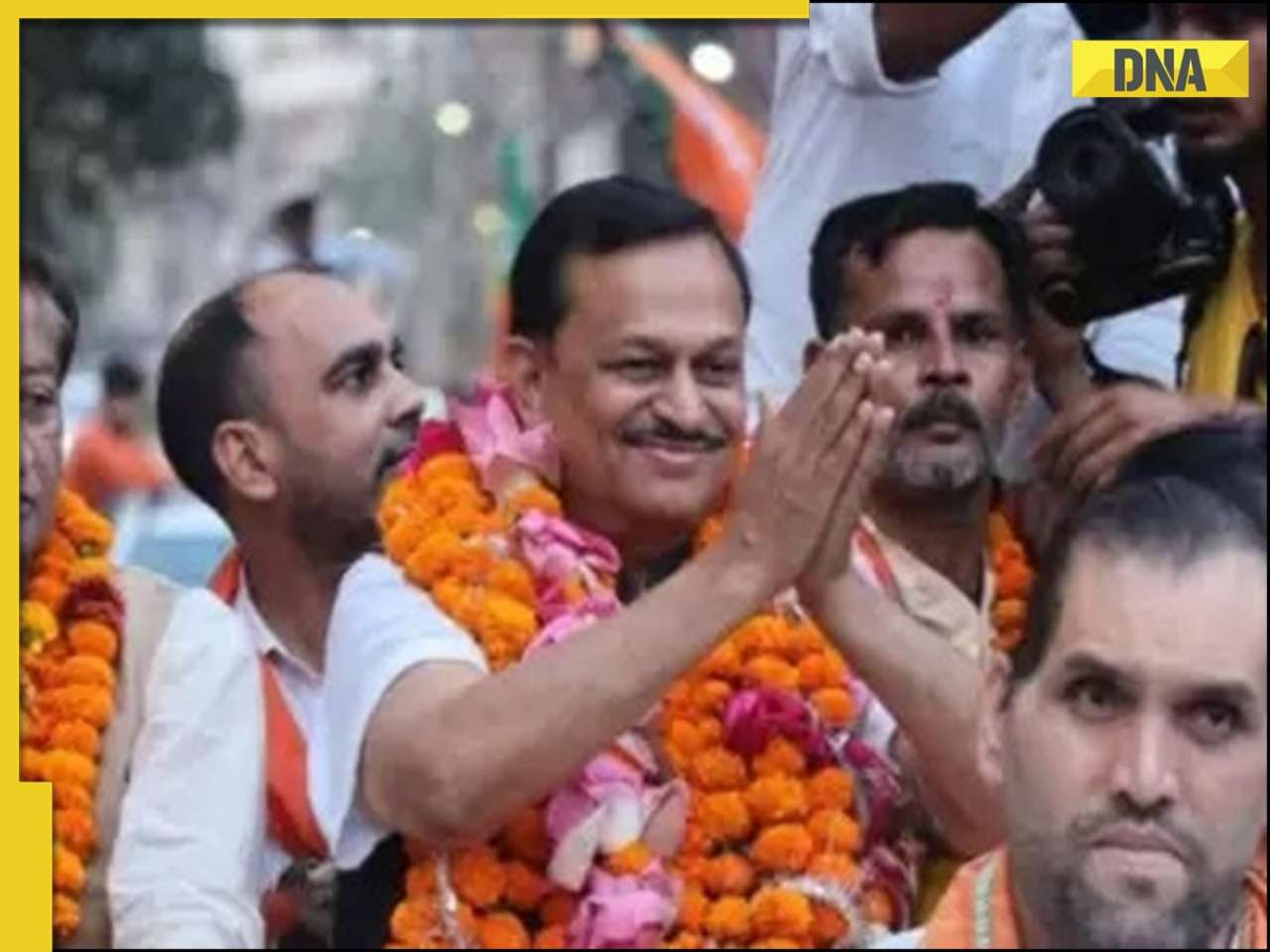
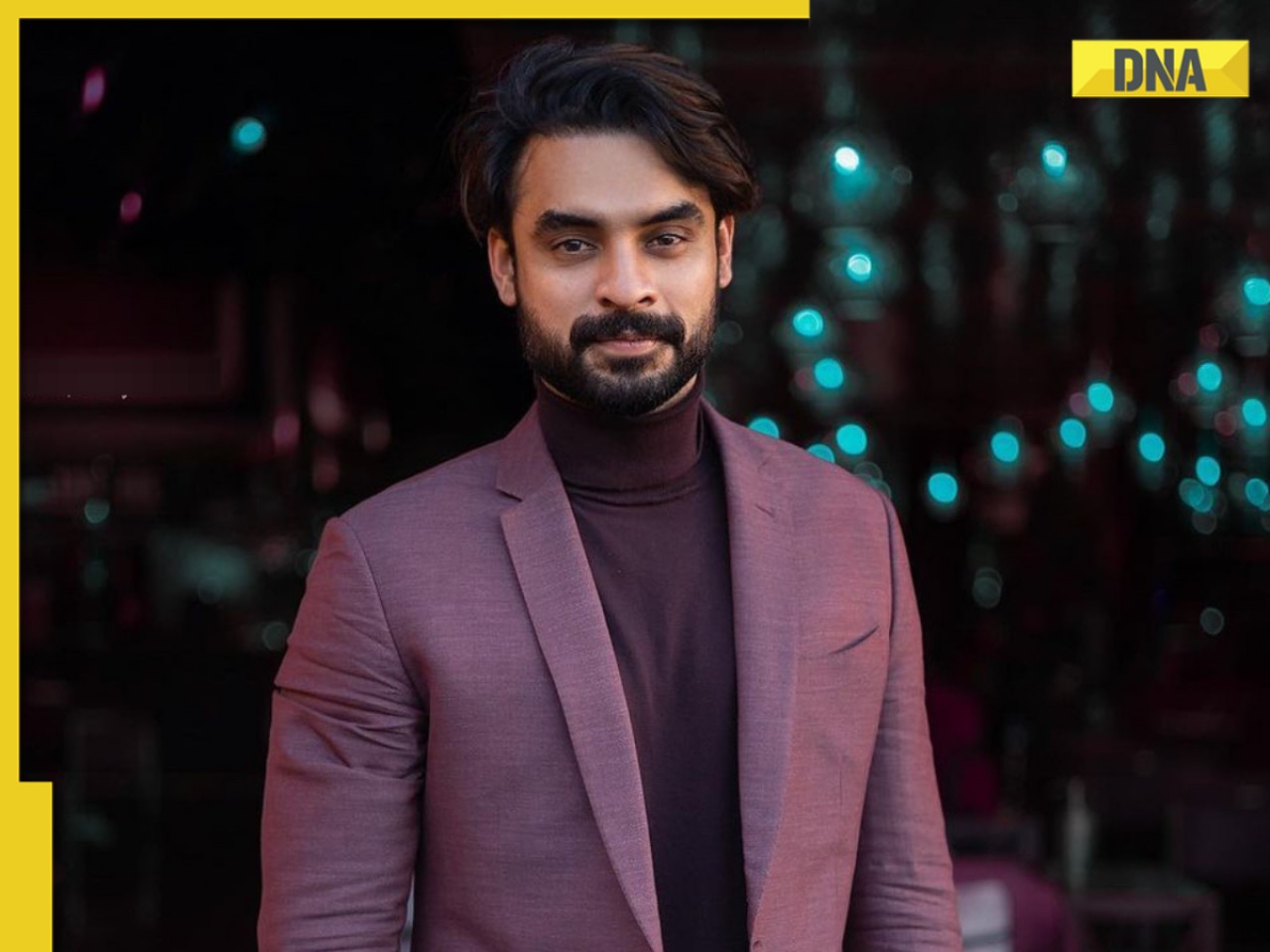
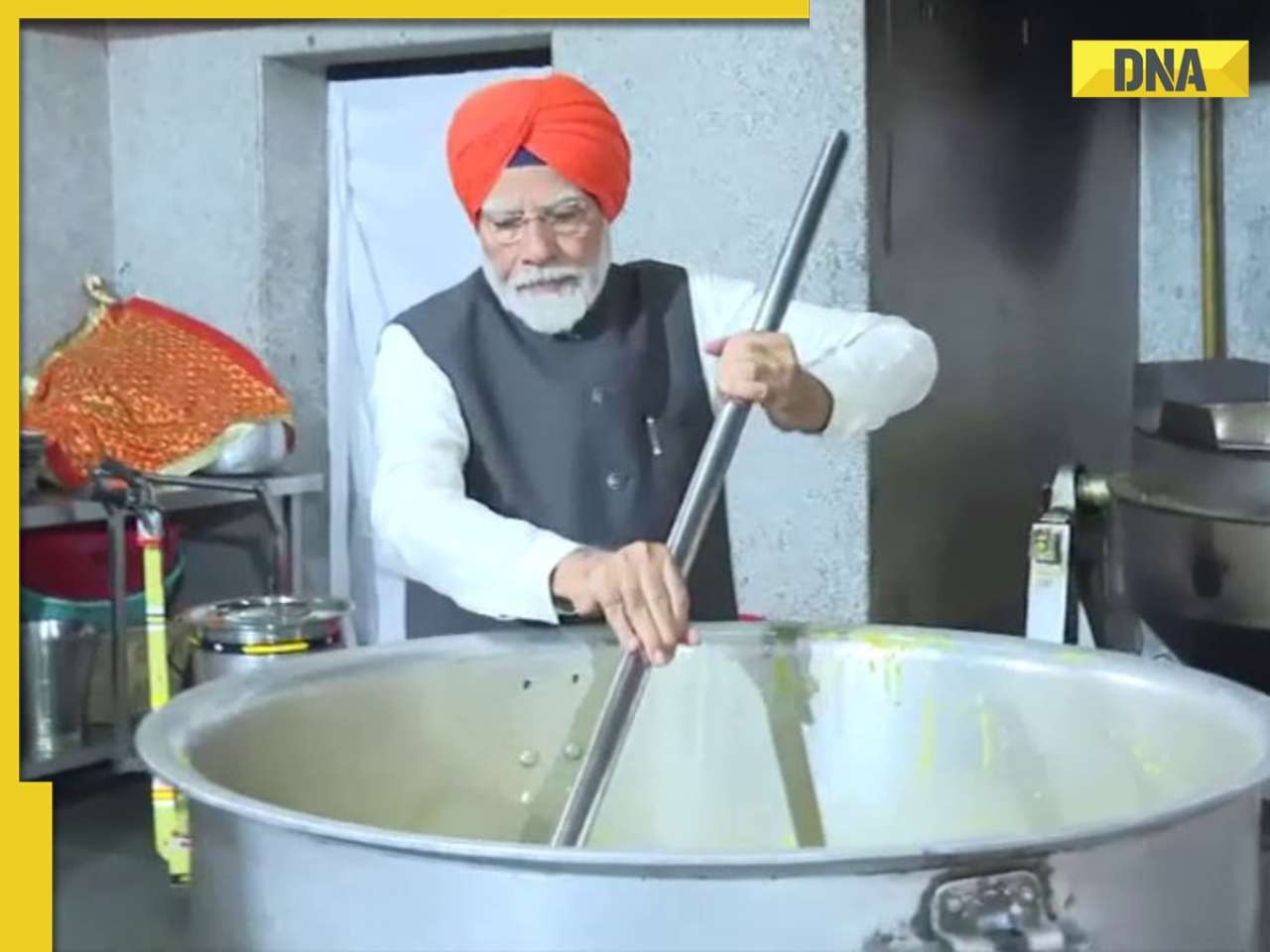
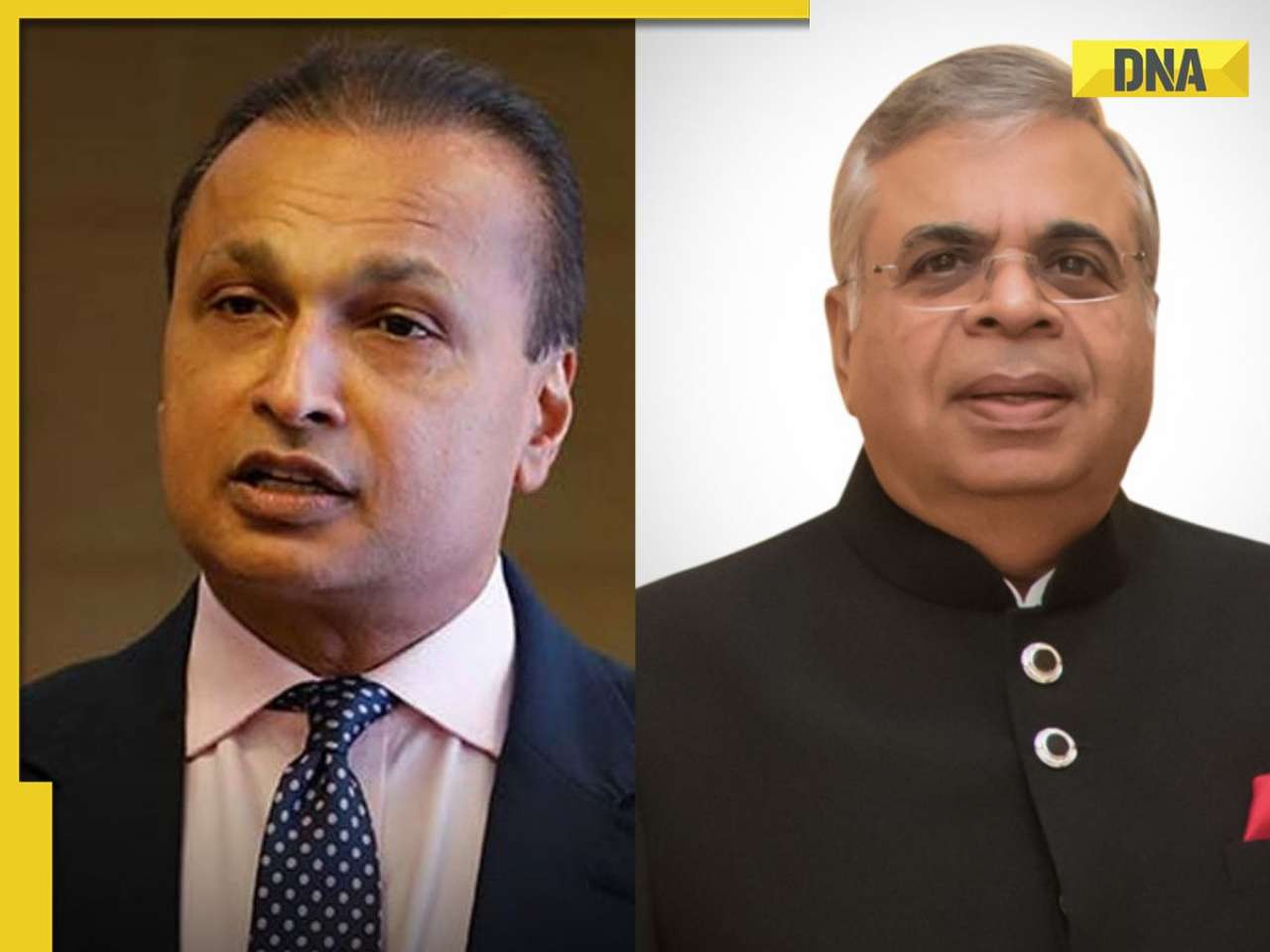
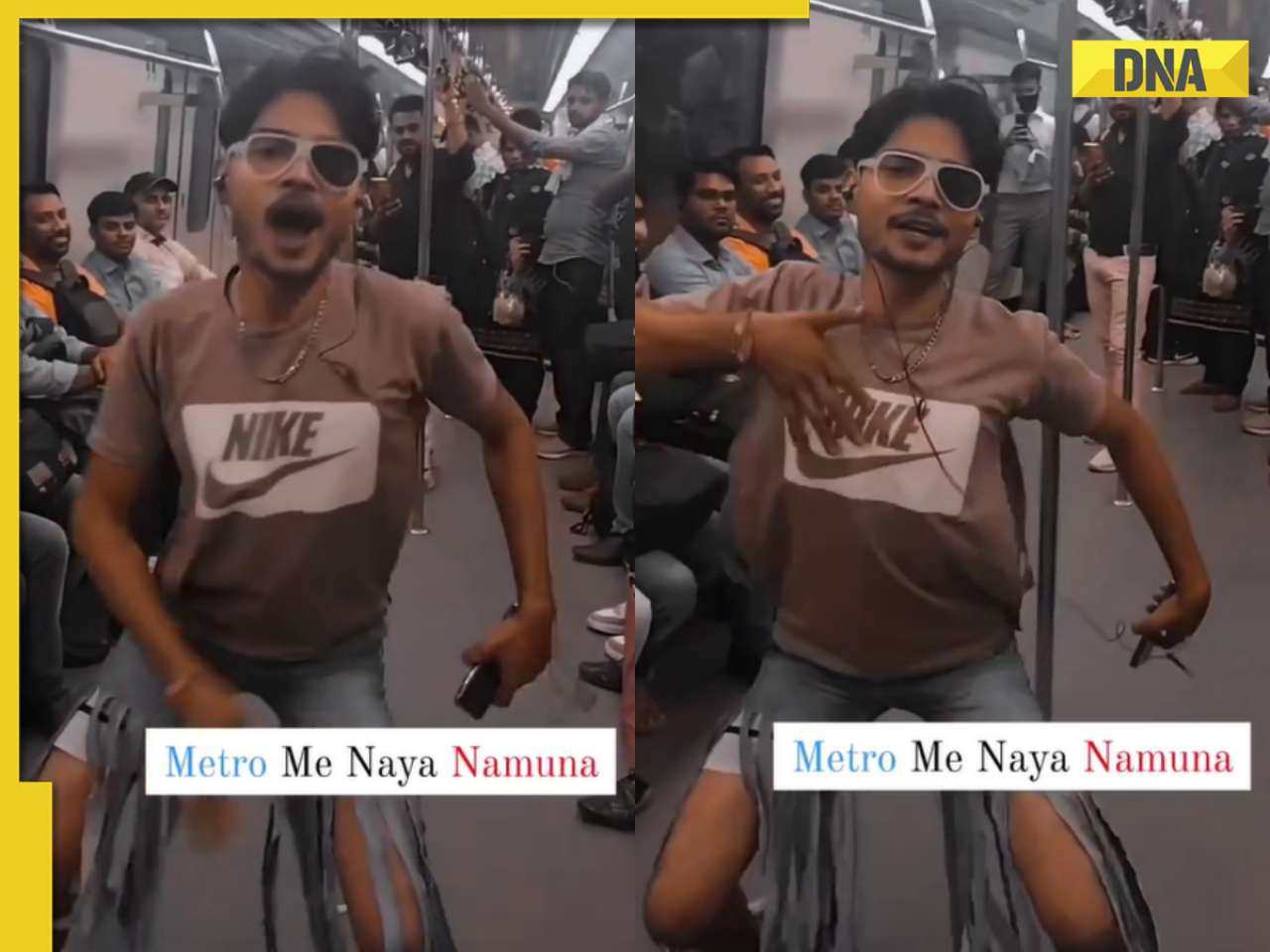





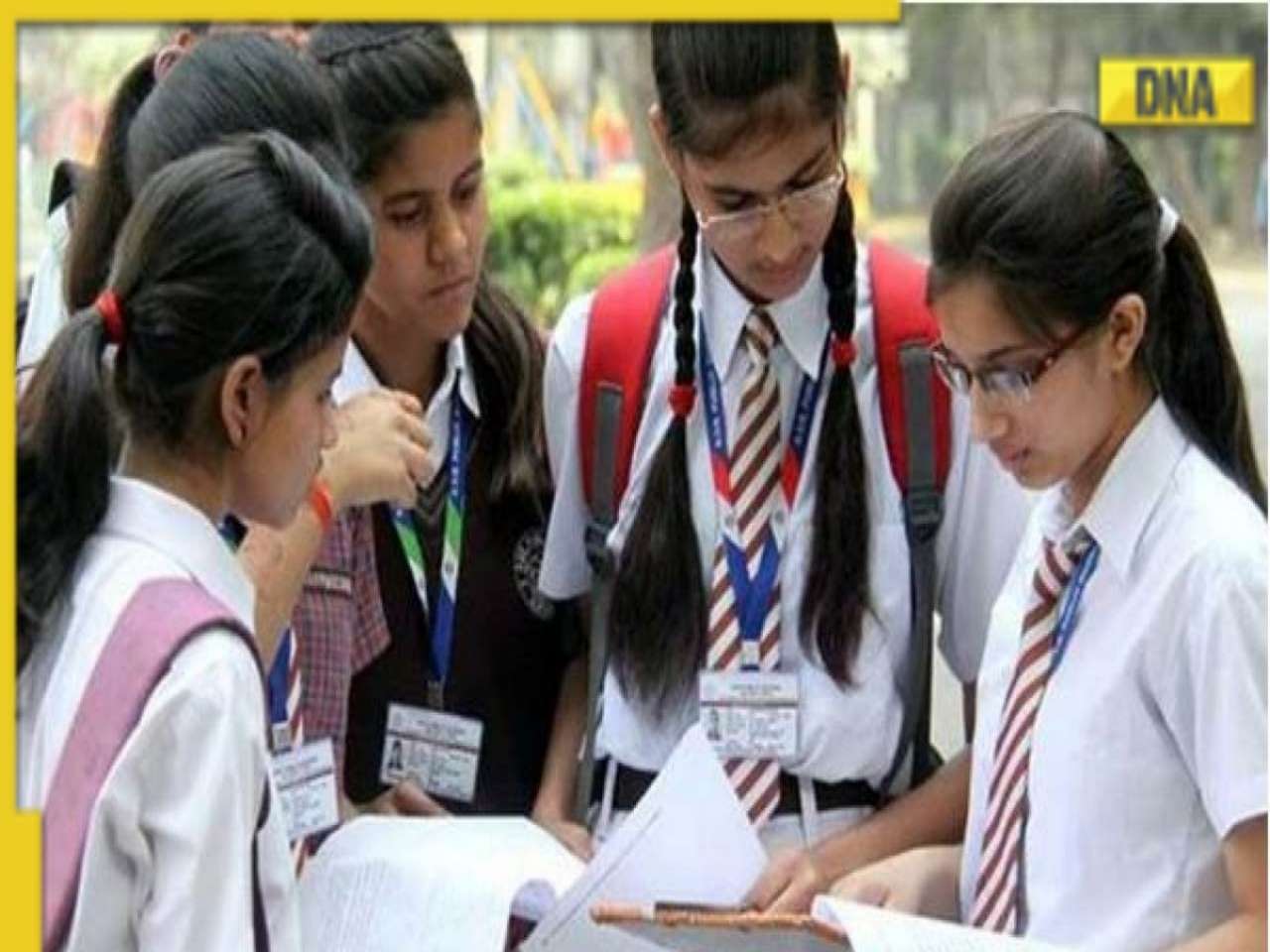


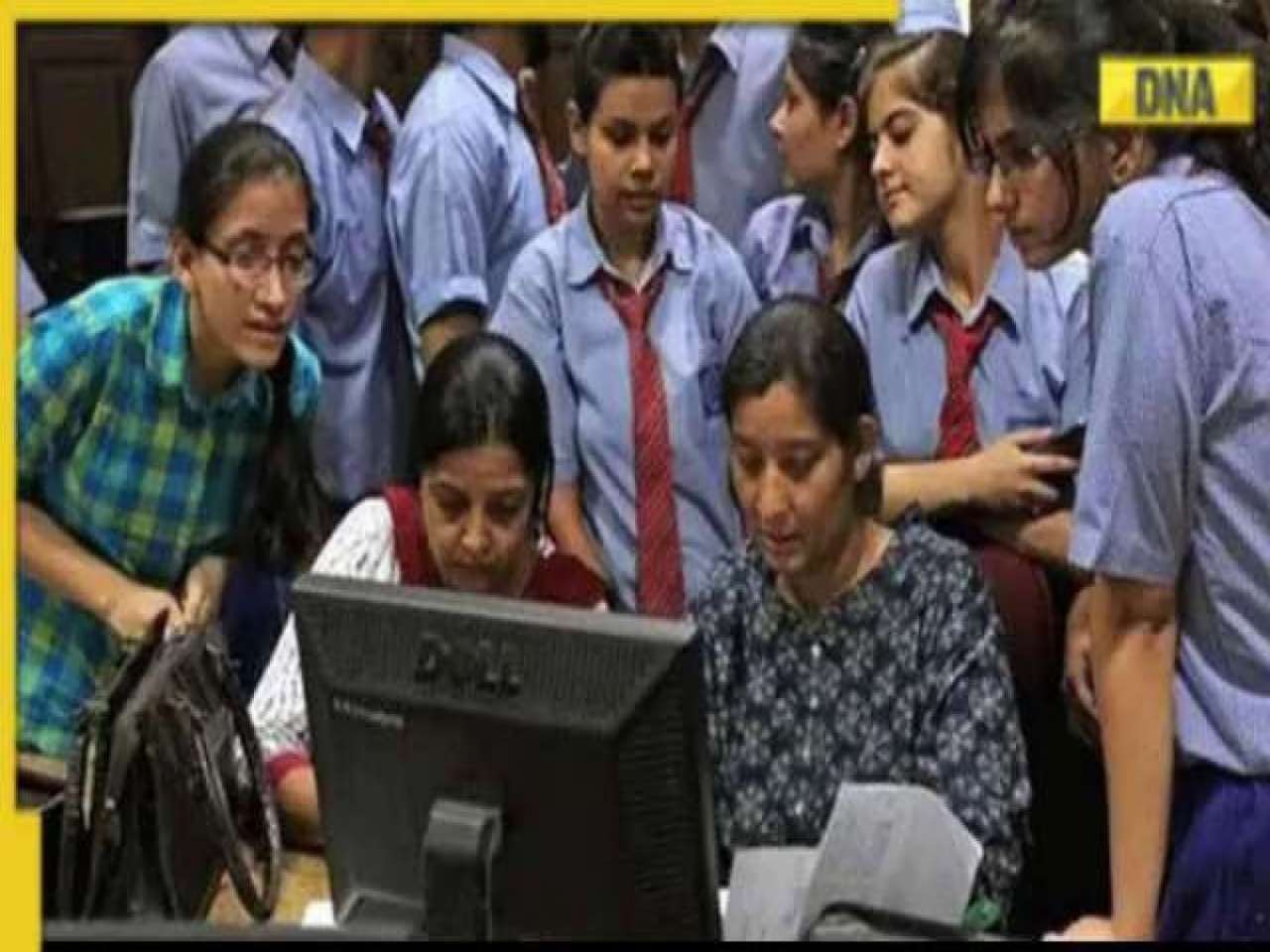
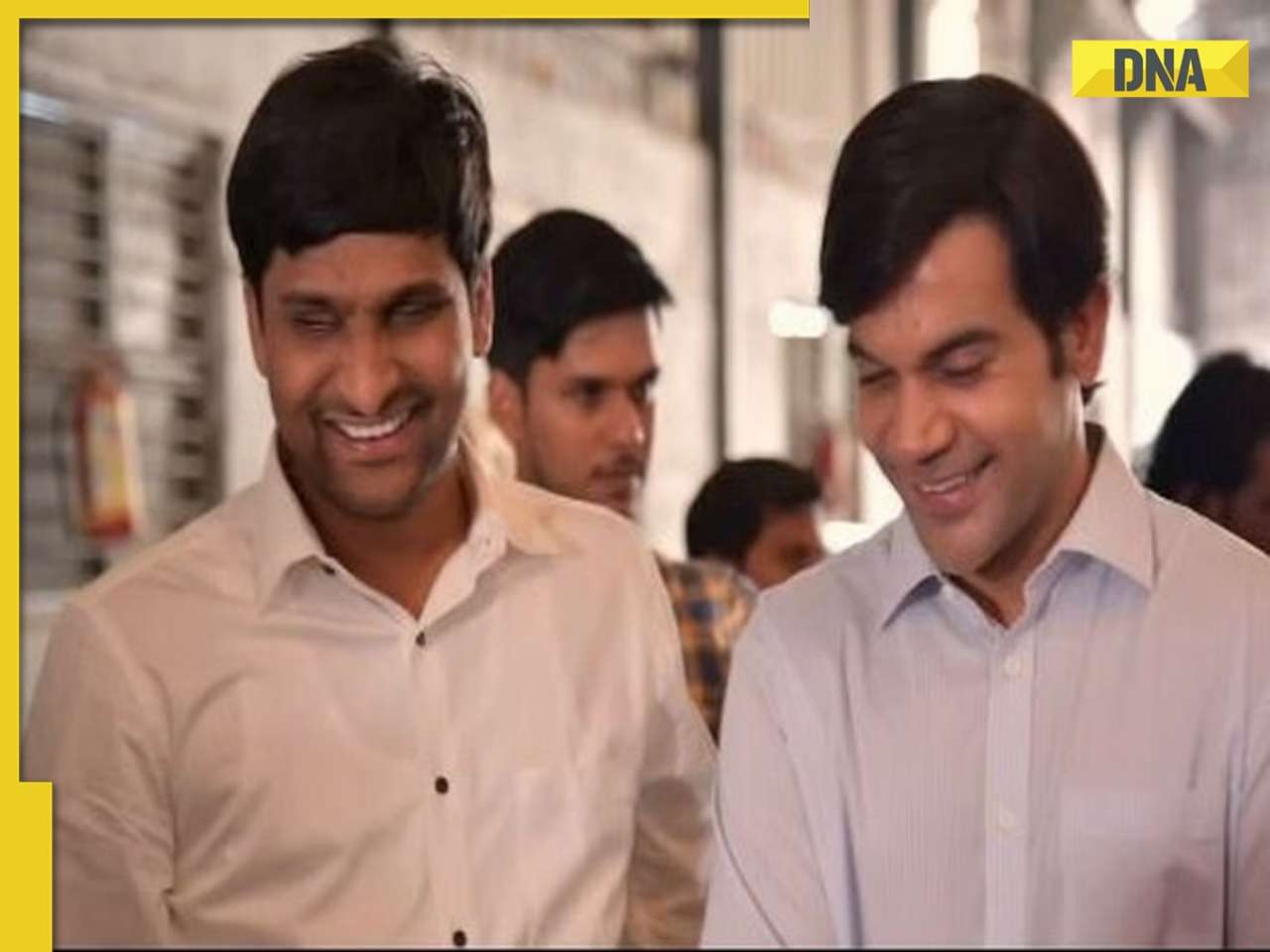















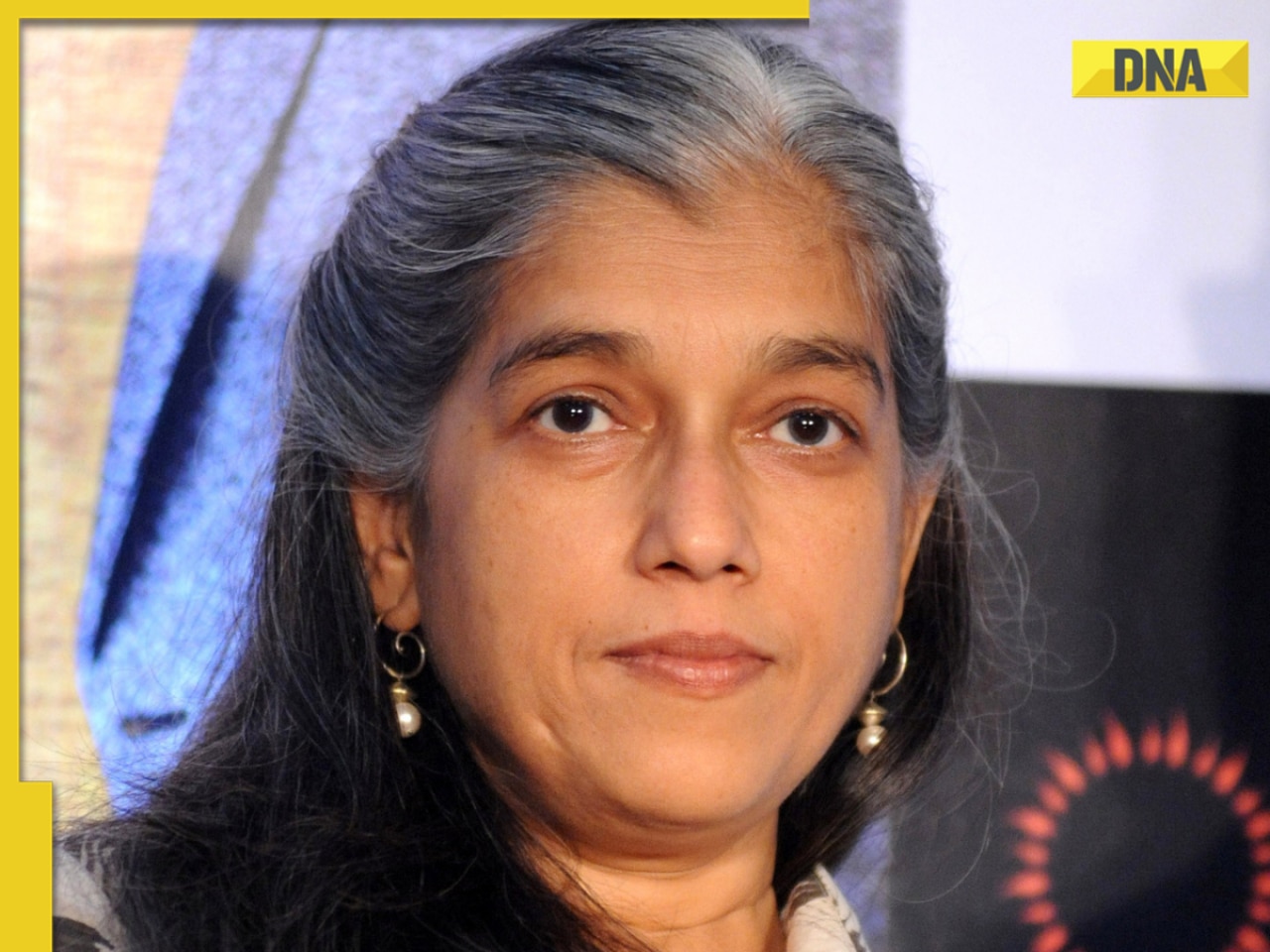
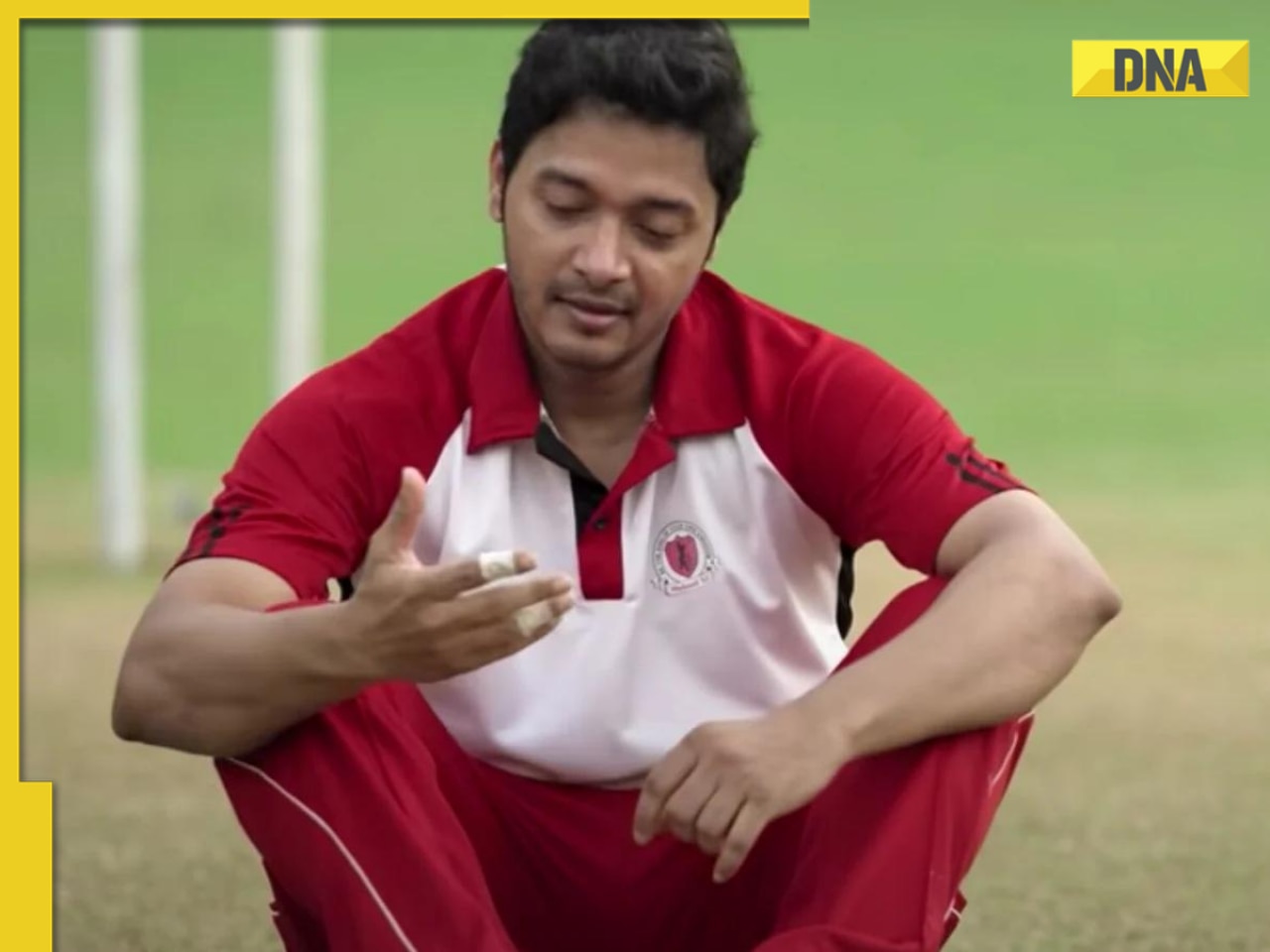
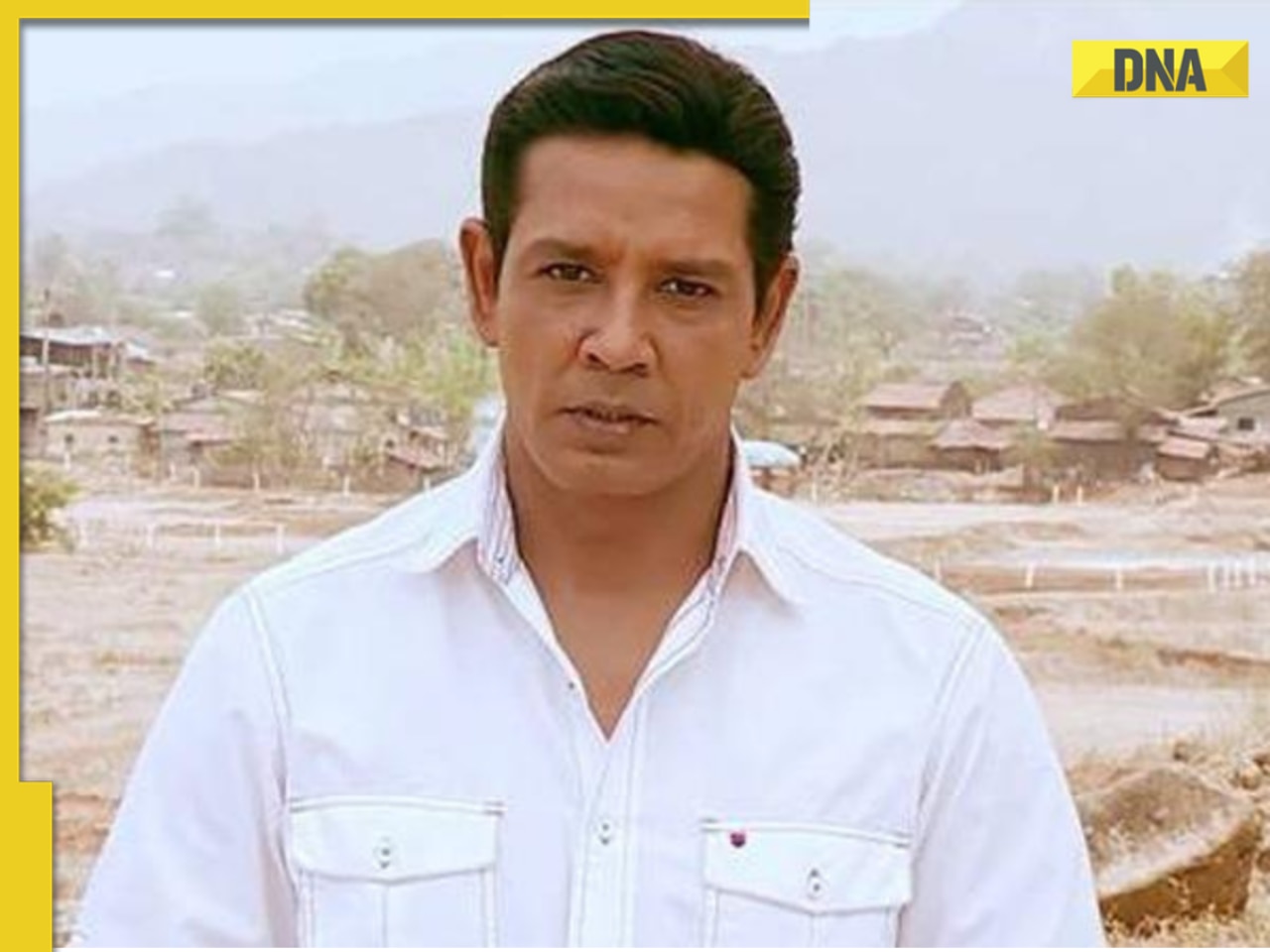
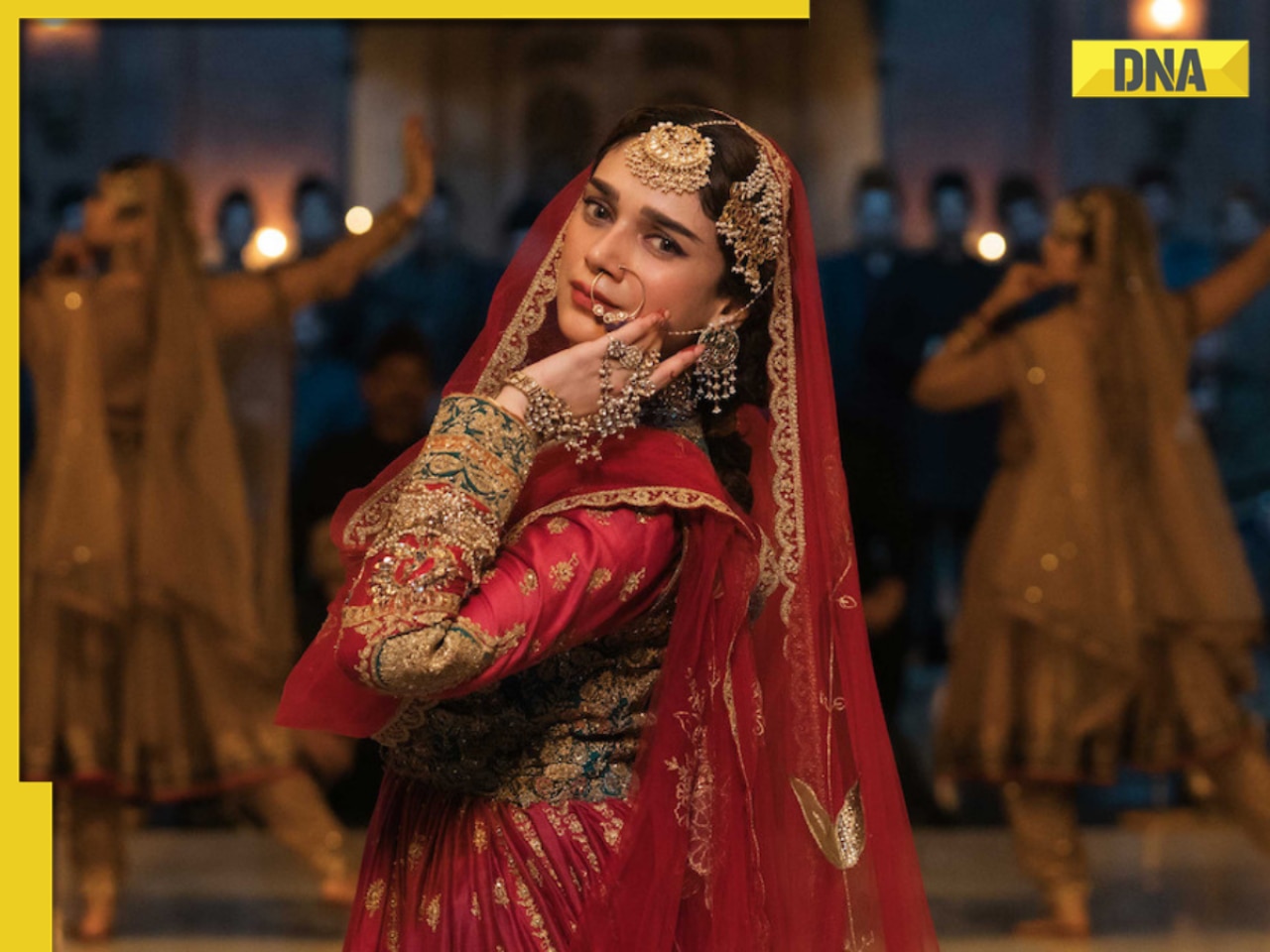
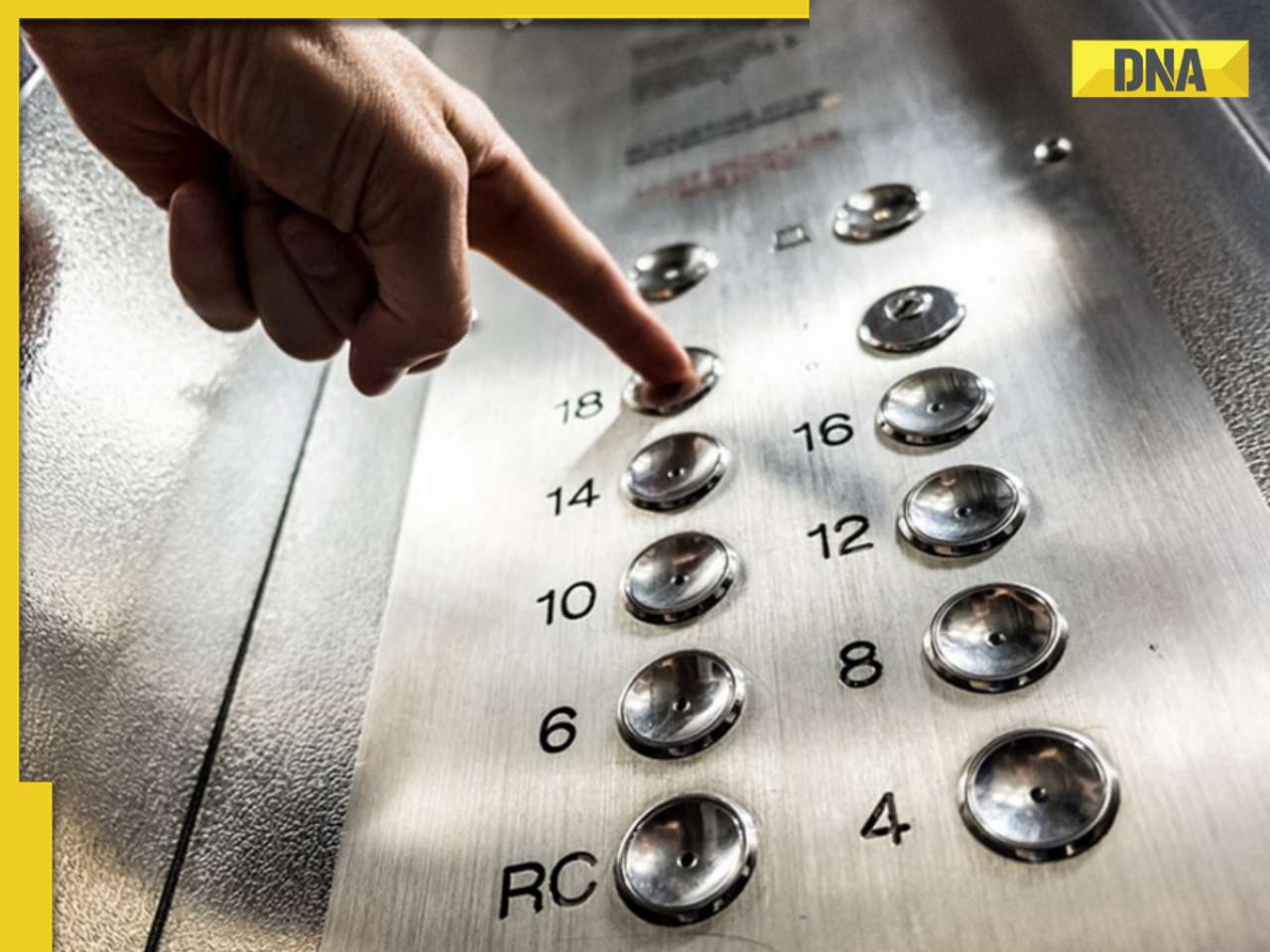

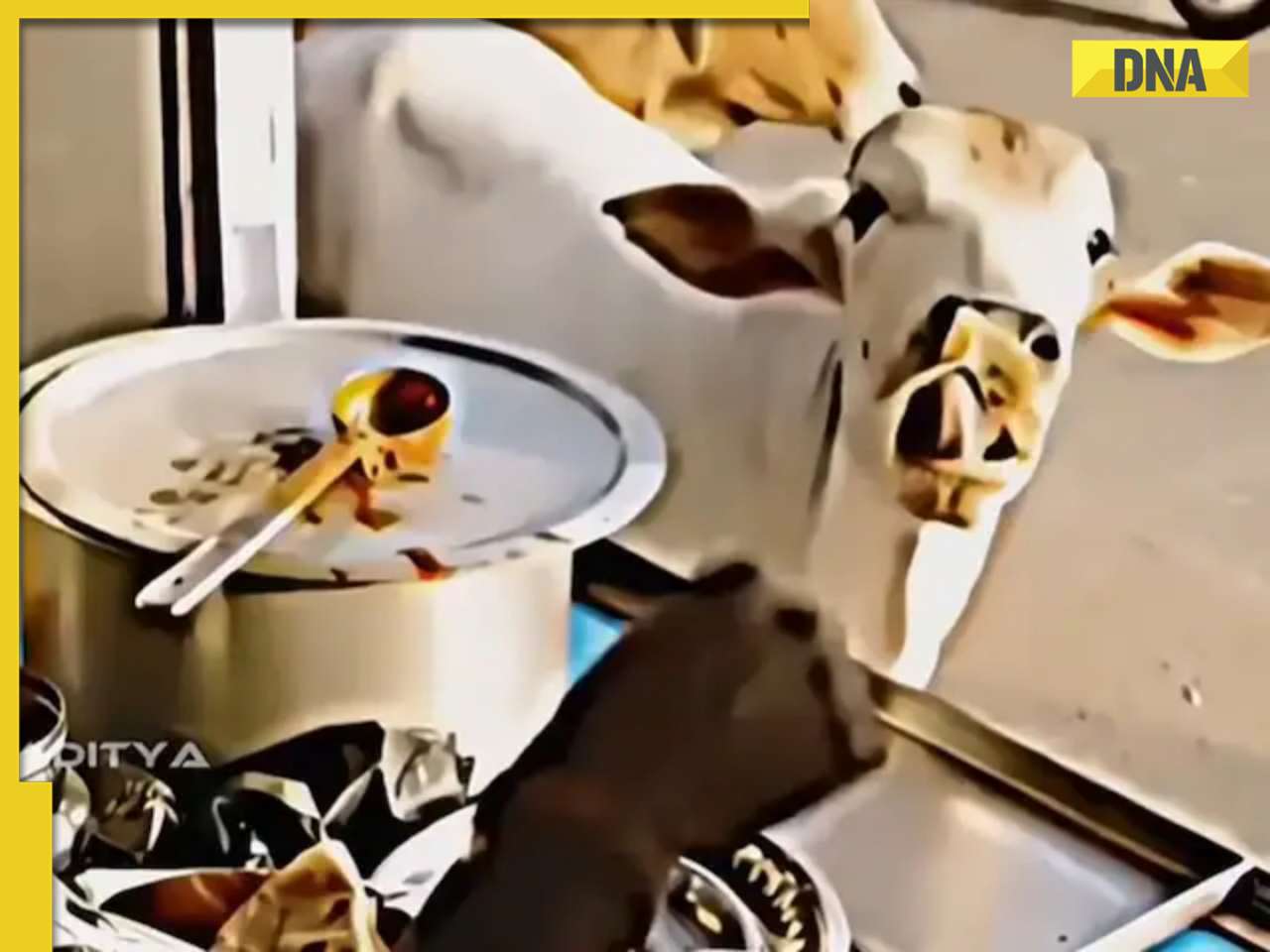
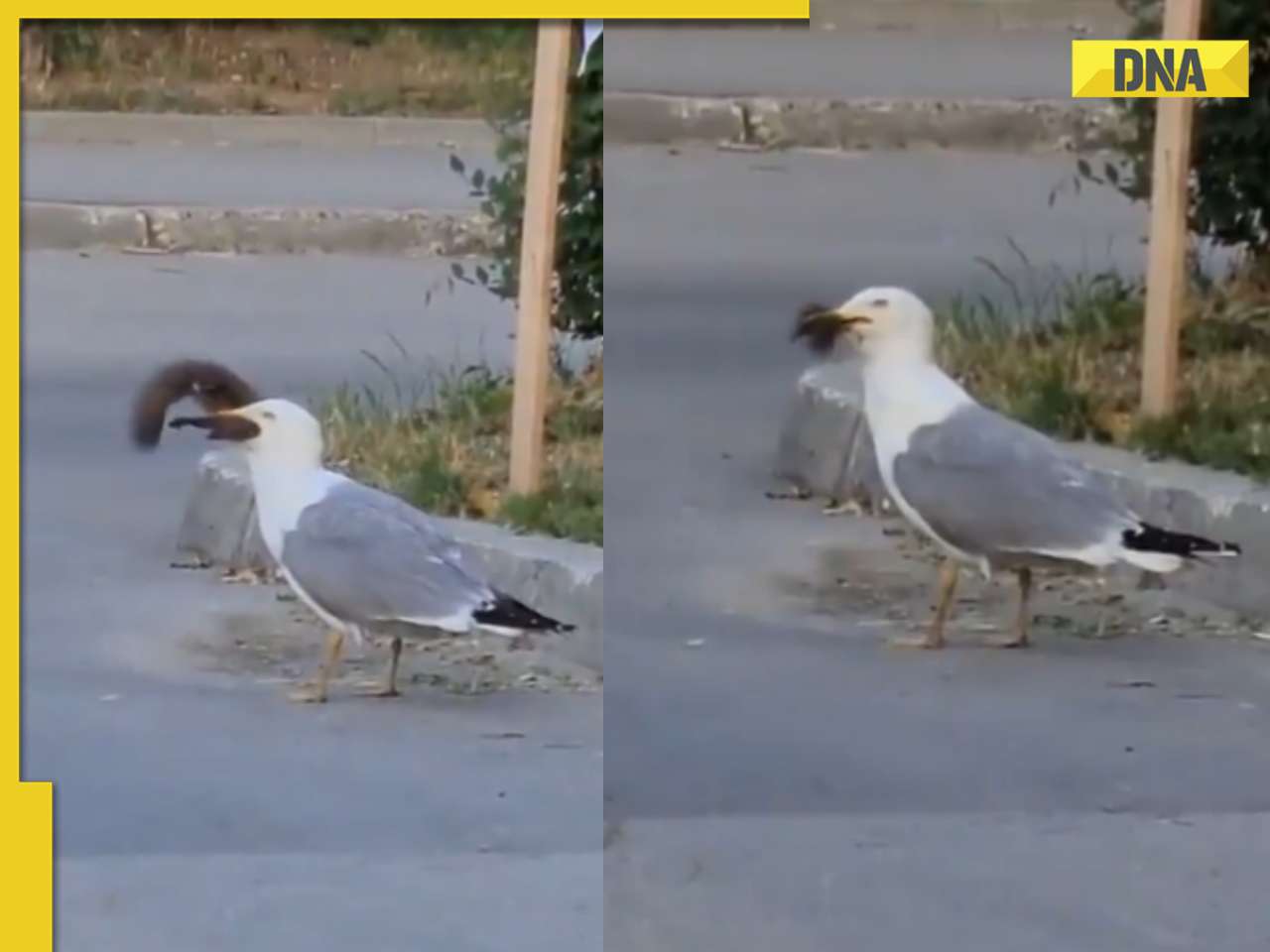


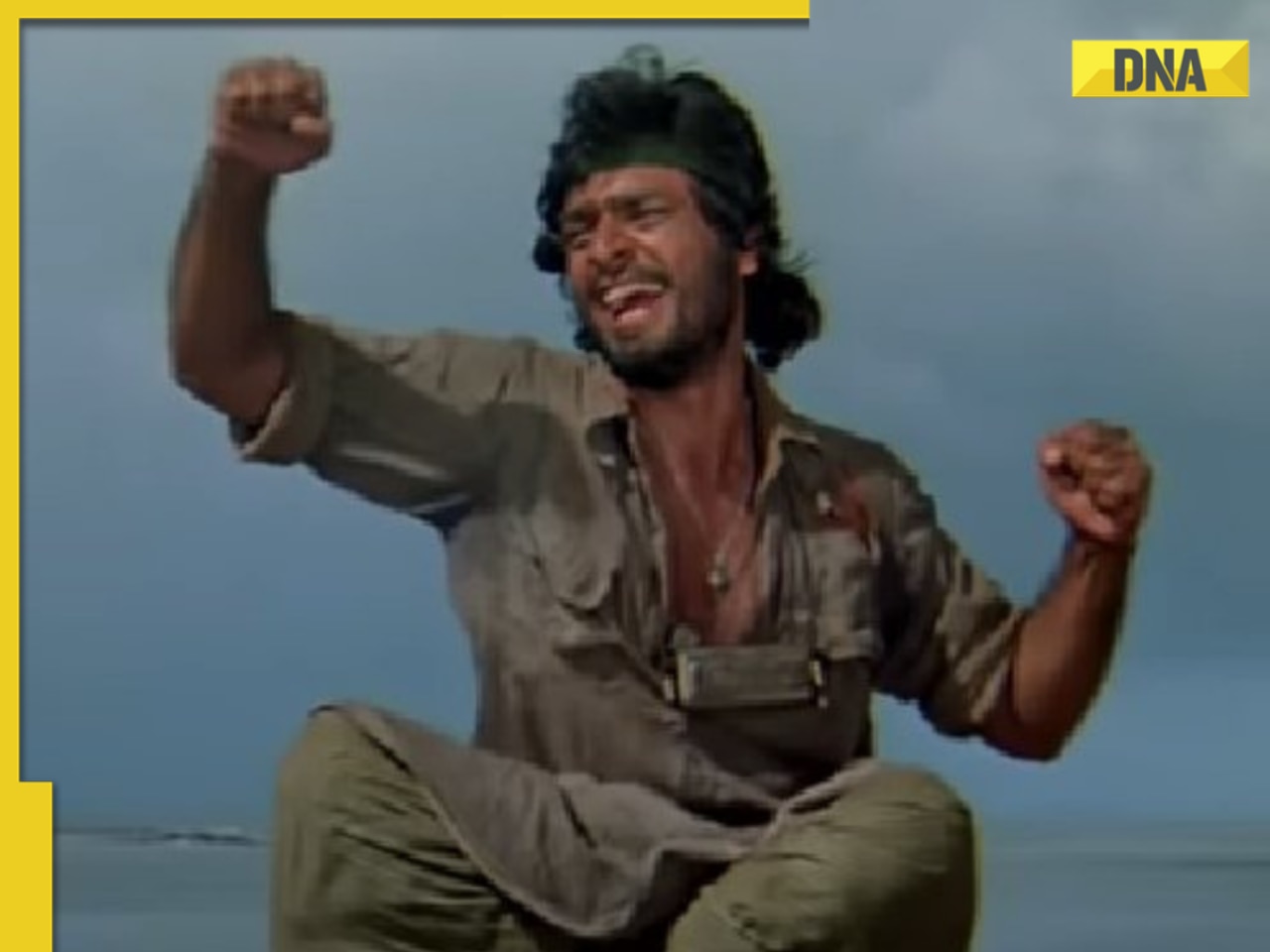

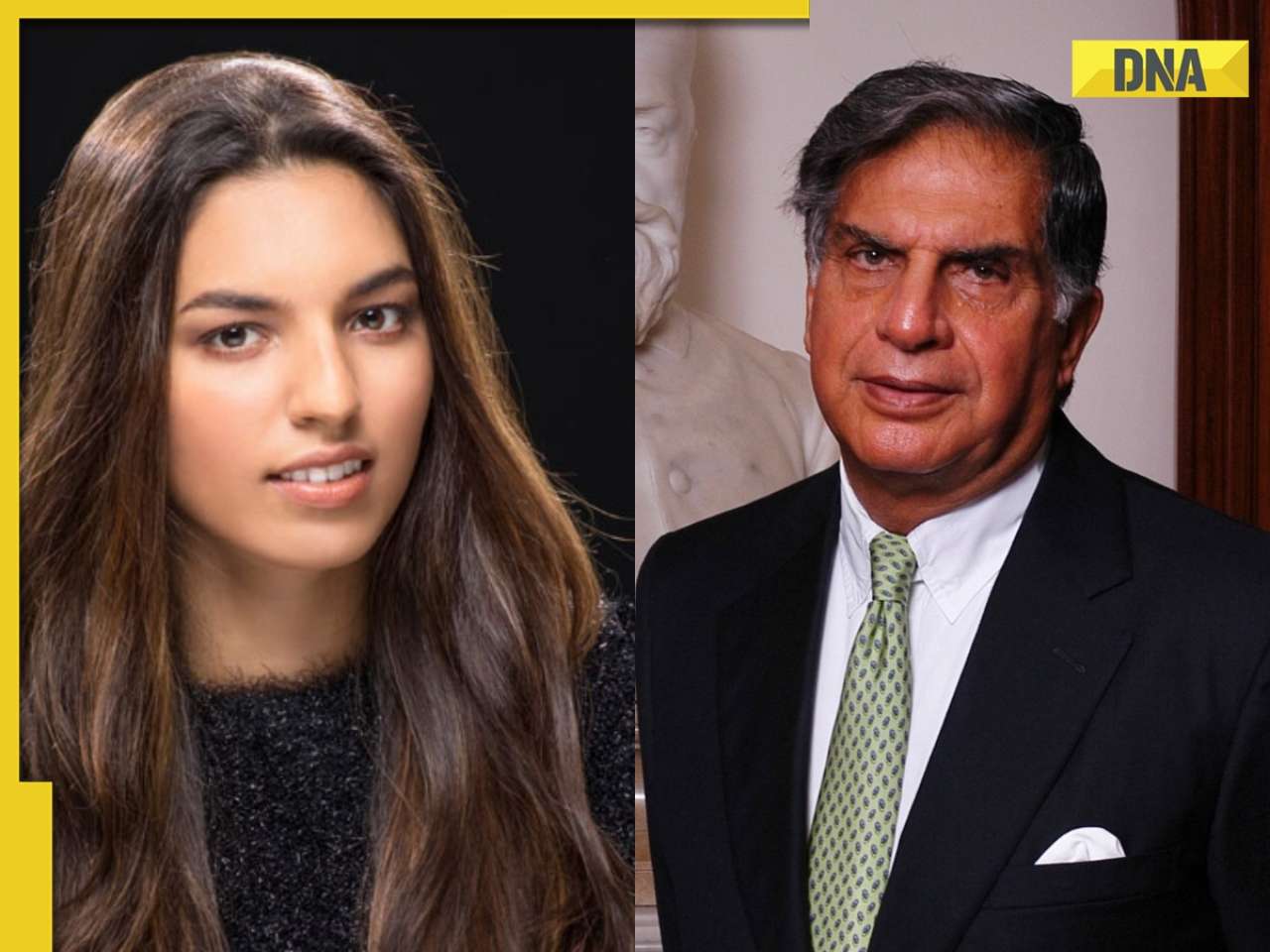
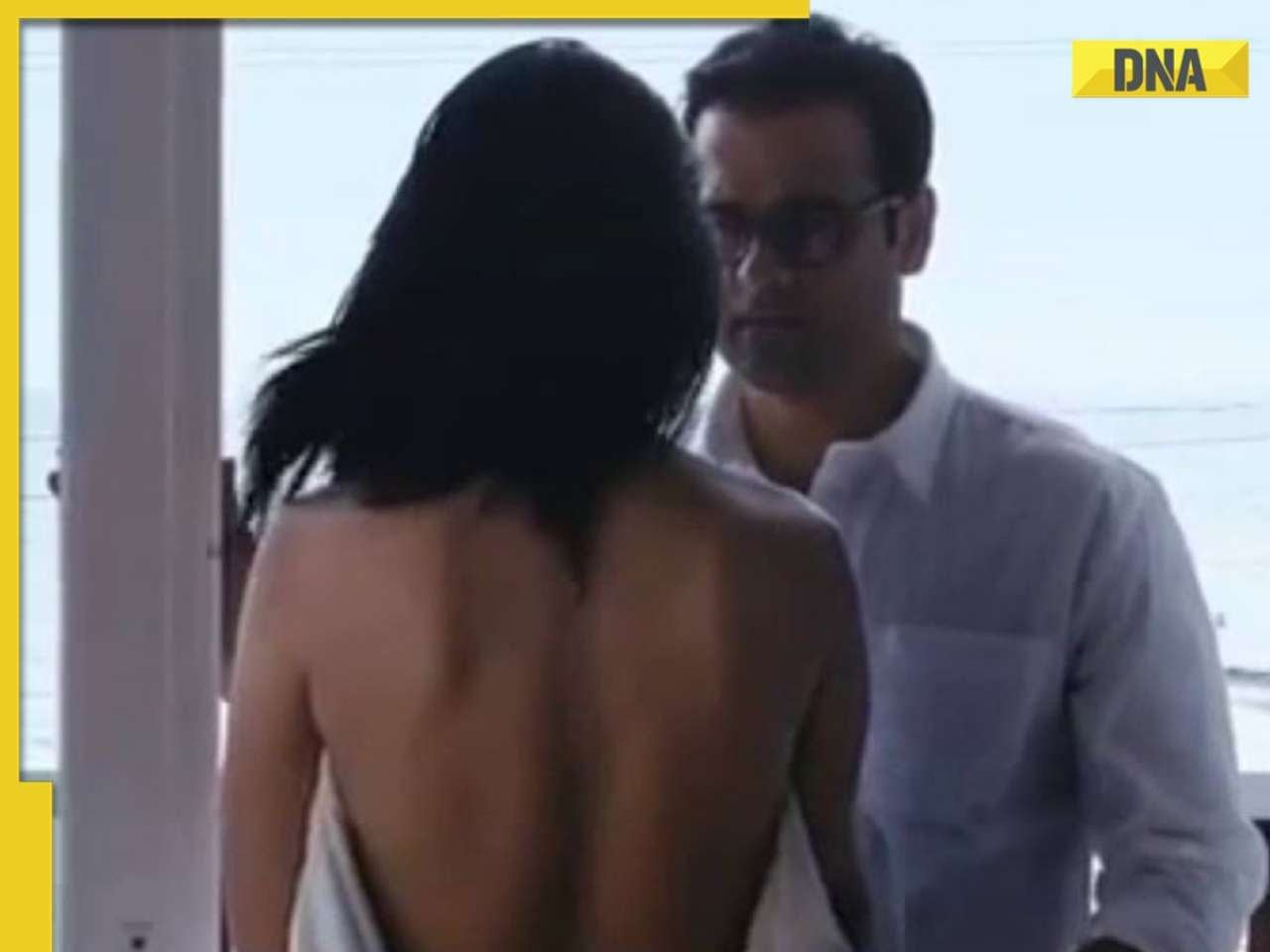


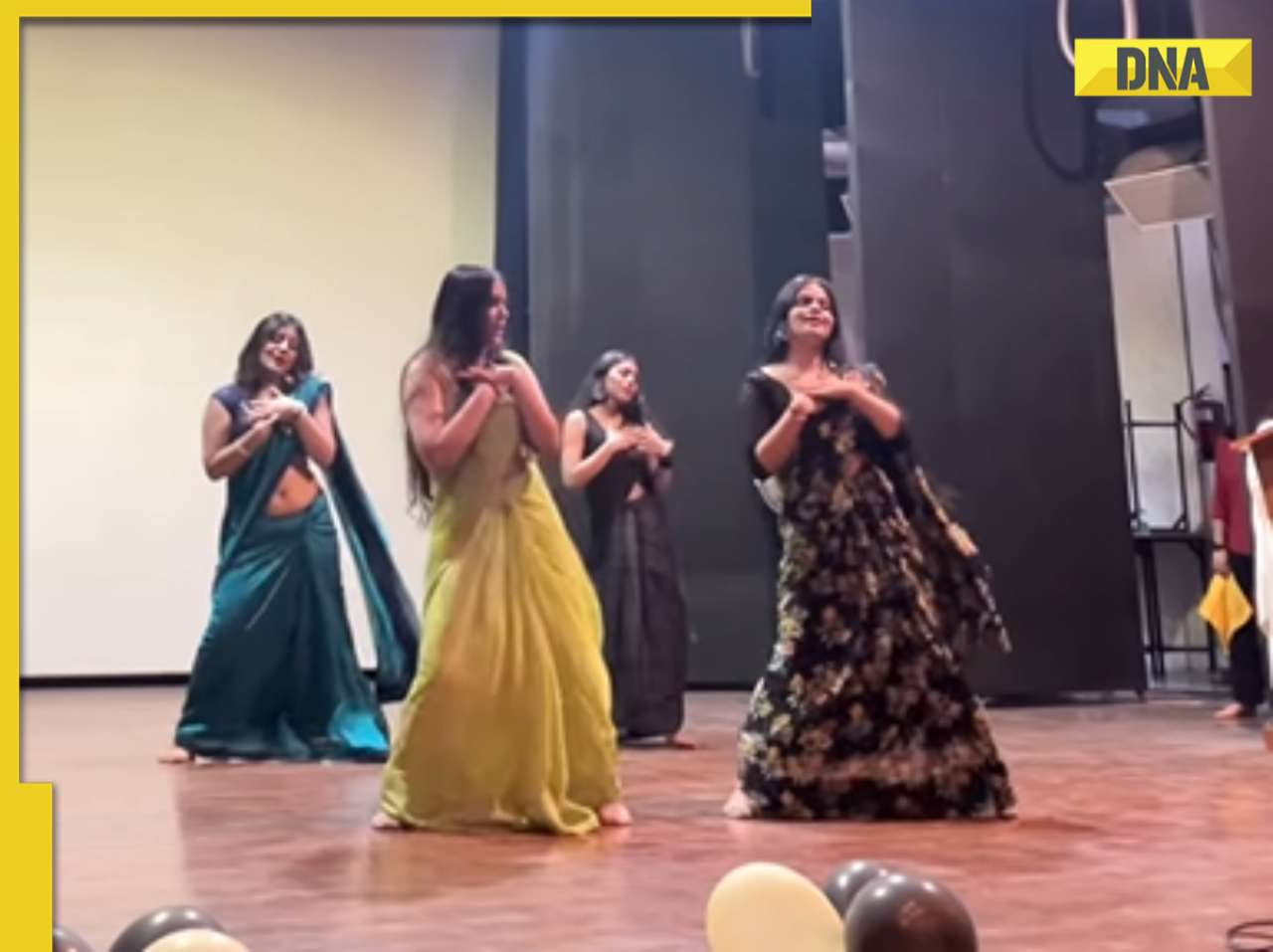





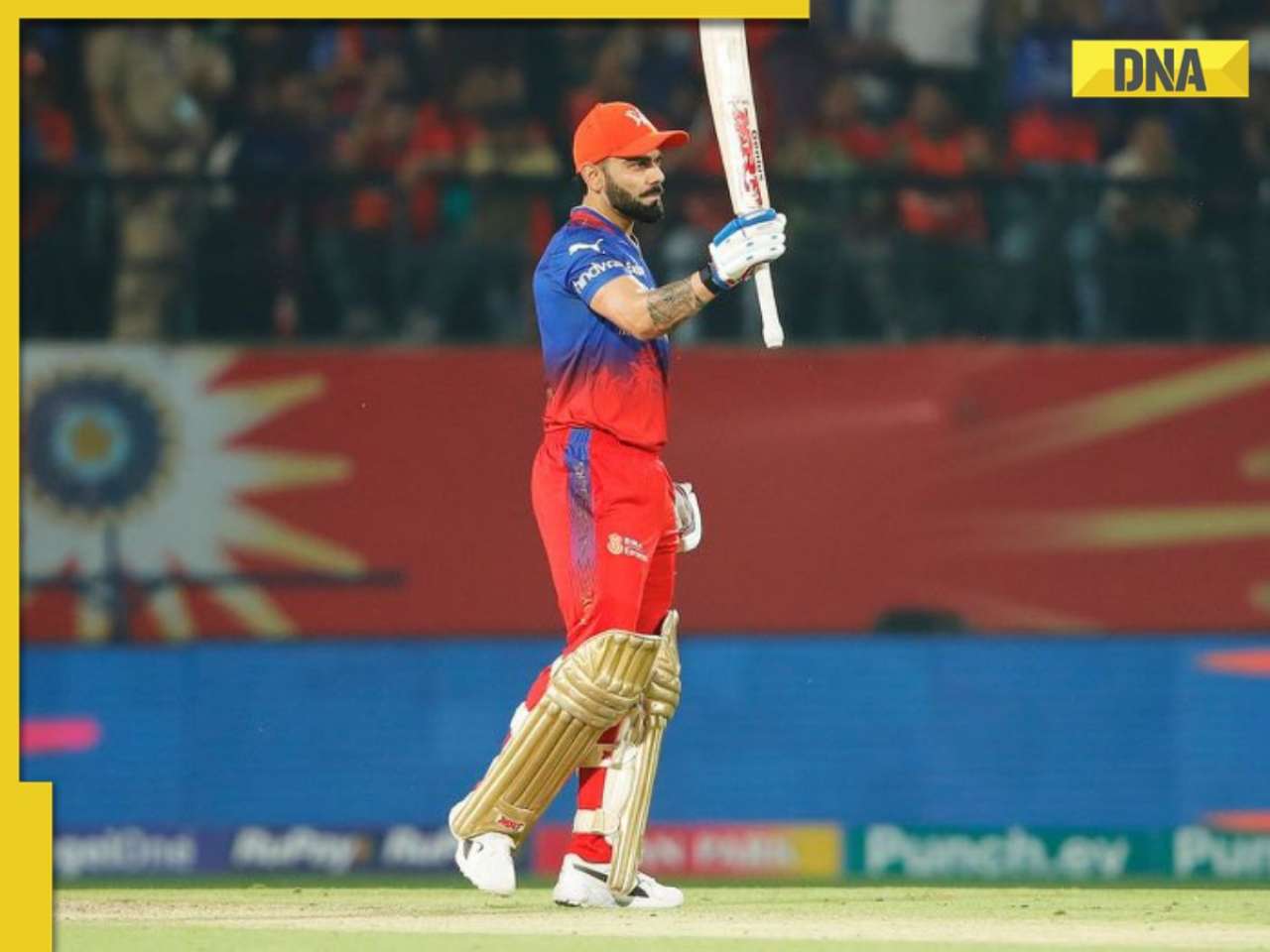




)
)
)
)
)
)